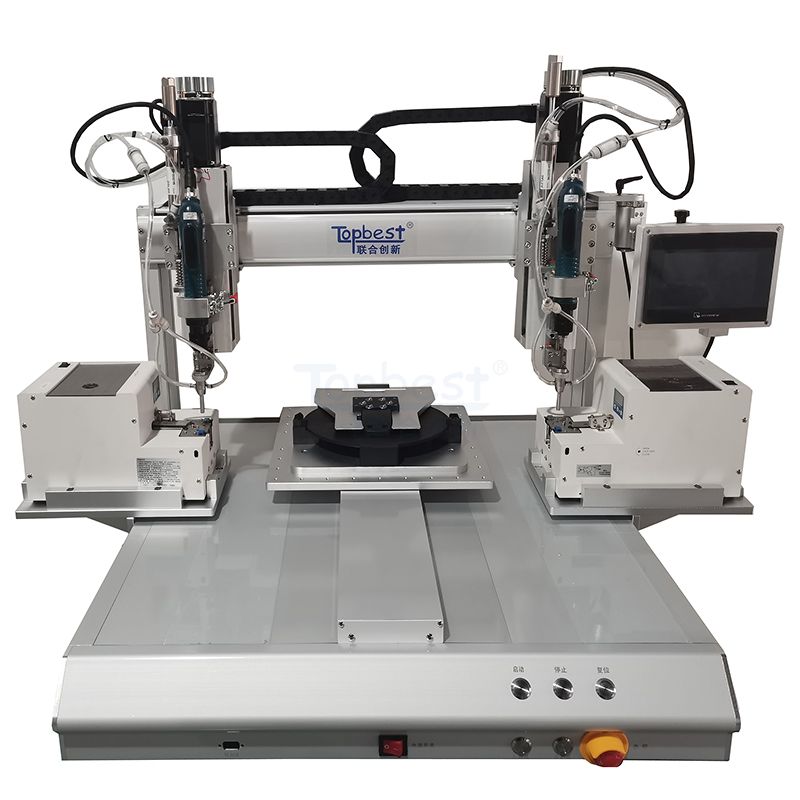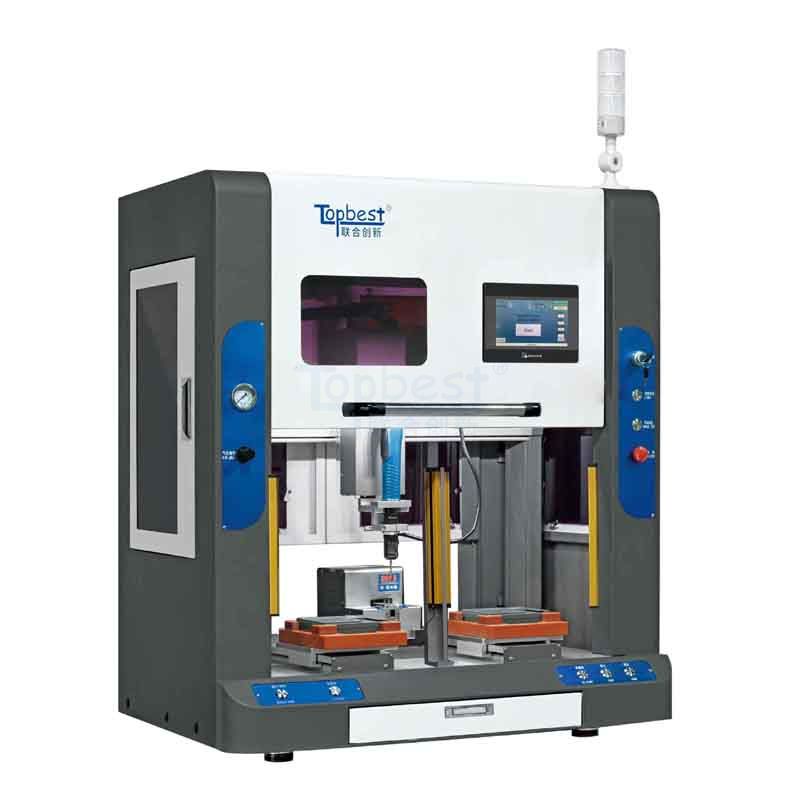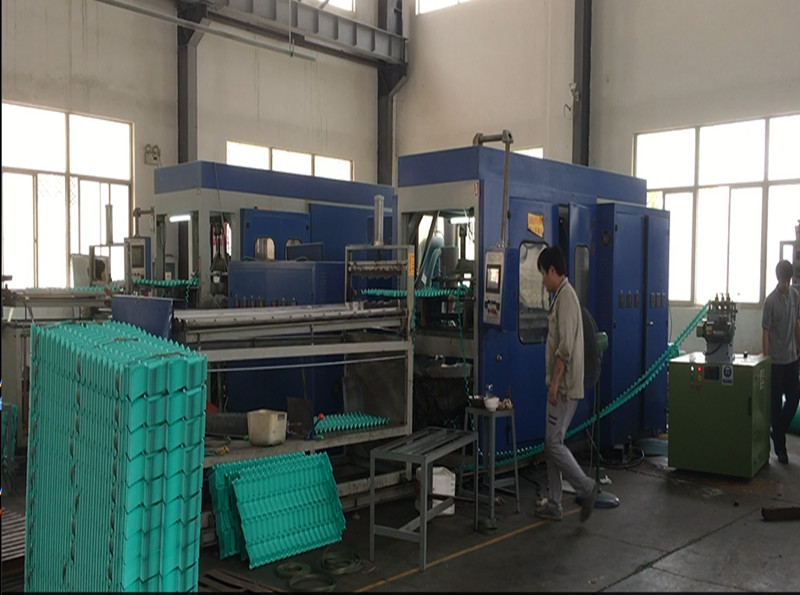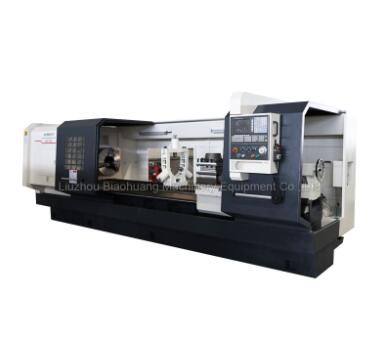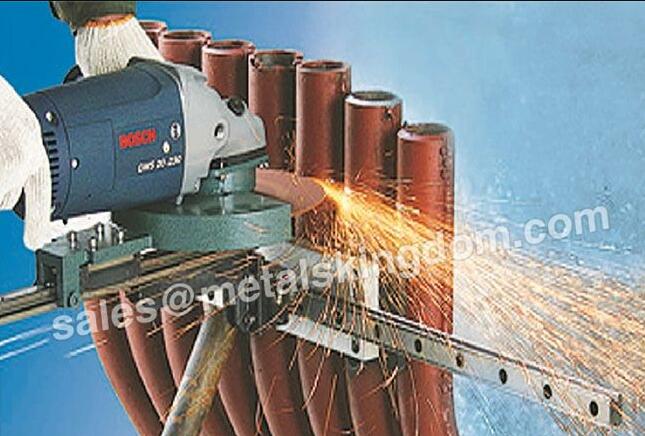How Long Does It Take for Clothes to Dry in a Drying Machine?
Hey there, fellow laundry warriors! Picture this: it's a typical Sunday evening, you're about to watch your favorite TV show, and you suddenly realize you're down to your last pair of clean socks. Panic mode, right? But wait, there's hope on the horizon - your trusty drying machine ! In this article, we'll explore the fascinating world of drying machines, uncovering the mysteries of how long it really takes to transform a heap of wet clothes into warm, fluffy perfection. And yes, we promise to sprinkle some humor along the way!

The Drying Machine: A Household Hero
Before we dive into the nitty-gritty, let's take a moment to appreciate our drying machines. These unsung heroes of the laundry room have saved us from the tyranny of clotheslines and the dread of indoor drying racks. But how do they work their magic?
A typical drying machine employs a combination of heat and ventilation to get your clothes from "soggy" to "snuggly." As the machine runs, hot air circulates, and the moisture in your garments is whisked away, leaving them perfectly dry. But just how long does this process take? Well, that depends on a few factors.
Factors Affecting Drying Time
Fabric Type
Different fabrics, different drying times. Lightweight cotton tees are like the sprinters of the laundry world; they dry super fast. But those heavy, winter blankets? They're the marathon runners, taking their sweet time to dry. So, if you're in a hurry, opt for lighter fabrics.
Load Size
Are you the kind of person who stuffs the entire family's laundry into one load? While we salute your efficiency, remember that a larger load will take longer to dry. Overloading can lead to clothes that are still damp, and no one wants that.
Machine Type
The type of drying machine you have matters too. Gas dryers tend to be faster than electric ones, but both get the job done. The more efficient your dryer, the quicker your laundry dries.
Let's Get Technical: Heat and Ventilation
Now, let's geek out for a moment. Understanding how your drying machine operates can help you estimate drying times better.
The heat in your dryer is measured in BTUs. The higher the BTU rating, the faster your clothes will dry. Additionally, good ventilation is key. Proper airflow ensures that moisture is expelled efficiently. So, keep those vents clean and unclogged!
Tricks for Faster Drying
Separating Fabrics
If you're in a hurry to dry your laundry, try separating lighter fabrics from heavier ones. It's like having a laundry race where everyone wins!
Adding Dryer Balls
Dryer balls aren't just for entertainment; they help improve airflow and reduce drying time. Plus, they're fun to chase if they escape from the laundry room!
Related links:Vane Compressors: Efficient and Reliable Air Compression Technology
Crimped Wire Mesh Machinery: Streamlining Wire Mesh Production
How does a fine powder grinding machine work?
The Laser Cutter Revolution: Transforming Design and Manufacturing
What is a jaw crusher and how does it work?
Advantages of DC TIG Welding Machines
What Are the Different Types of Plastic Injection Molding Machines?
Cleaning the Lint Trap
A clogged lint trap can slow down your drying process. Keep it clean for optimal performance. And don't forget to make a wish when you empty it - it's like a laundry genie!
The Great Debate: Air Dry or Tumble Dry?
We all love the smell of sun-dried laundry, but tumble drying offers convenience. So, which is better? Well, it depends on your priorities. Air drying conserves energy and prolongs the life of your clothes, while tumble drying gets the job done quickly. It's a classic laundry dilemma!
Time Savers: Quick Dry and Eco Options
Many modern dryers come with time-saving features. "Quick Dry" options are your best friends when you're in a hurry. On the other hand, eco-friendly settings use lower heat to conserve energy and are kinder to your clothes. It's all about choices.
The Sound of Music: Buzzer Alert!
We've all had that moment when we forget about the laundry and hours later, the clothes are still tumbling away. This is where the dryer's buzzer comes to the rescue. Set it to remind you when your laundry is ready - no more surprises!
Wrinkle Woes and How to Avoid Them
Wrinkled clothes are a fashion faux pas. To prevent this, remove your clothes promptly when the dryer cycle ends. You can also use wrinkle-release sprays or invest in a dryer with a wrinkle guard feature. Your clothes will thank you!
Safety First: Fire Hazards and Dryer Maintenance
On a serious note, dryers can be fire hazards if not properly maintained. Clean your lint trap after every load, and check the vent hose regularly. A little maintenance goes a long way in keeping your home safe.
Saving Energy and Money
A shorter drying time not only saves time but also saves you money and helps reduce your carbon footprint. So, keep those filters clean, and you'll be a laundry eco-hero!
How Long is Too Long?
Typically, a standard load takes about 30-45 minutes to dry thoroughly. If it's taking significantly longer, it might be time to give your dryer a check-up or reconsider the size of your loads.
Drying in Different Seasons
The time it takes to dry clothes can vary with the weather. In the humid summer, your dryer might need a little extra time, while in the dry winter, they can be ready before you finish your cup of tea. Mother Nature loves to keep us guessing!
The Joys of Freshly Dried Clothes
Ah, that moment when you pull warm, freshly dried laundry from the dryer - it's like a hug from your clothes. The smell, the warmth, the satisfaction of knowing your laundry mission is complete. It's the little things that make life enjoyable.
Conclusion
So, there you have it, the secrets of how long it takes for clothes to dry in a drying machine. The answer is, "it depends." But with a little knowledge and some humor, laundry day can be a breeze. Just remember, your drying machine is your trusty sidekick, always ready to save the day, one load at a time.
Exploring the Difference between Rotary and DTH Drilling
Rotary Drilling vs. DTH Drilling: Understanding the Key Differences
Mobile Tower Crane: Revolutionizing Construction Lifting
Understanding the Difference Between AWP and EWP
What is the Difference Between AWP and EWP?
Enhancing Efficiency and Performance with a Horizontal Slurry Pump
Horizontal Flow Wrap Machine: Enhancing Packaging Efficiency and Productivity





